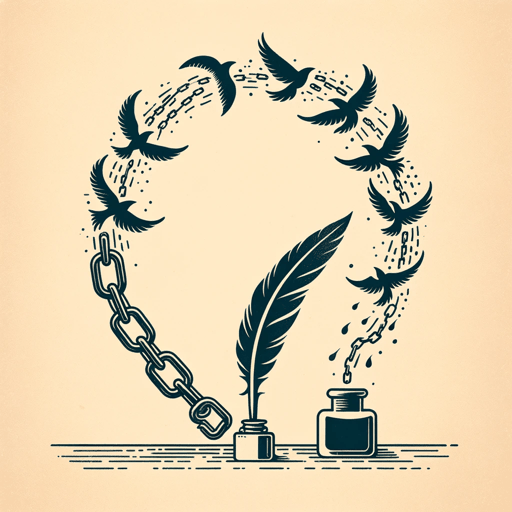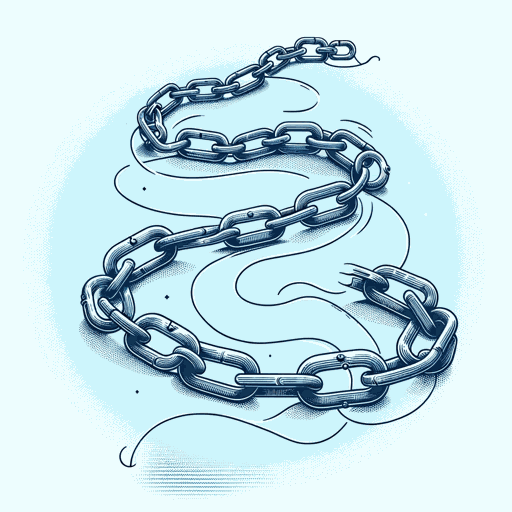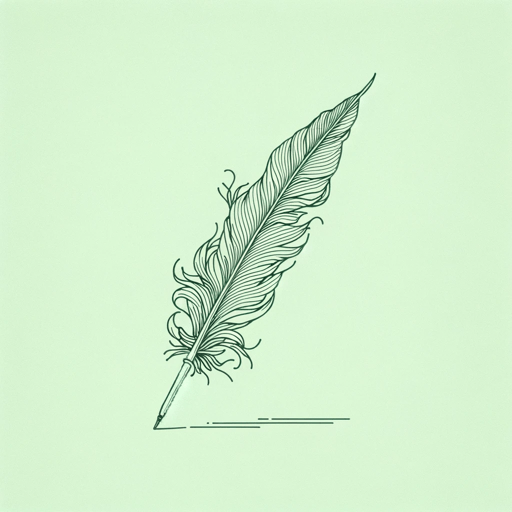43 pages • 1 hour read
Oscar WildeThe Ballad Of Reading Gaol
Fiction | Poem | Adult | Published in 1896A modern alternative to SparkNotes and CliffsNotes, SuperSummary offers high-quality Study Guides with detailed chapter summaries and analysis of major themes, characters, and more.
Literary Devices
Form and Meter
Wilde’s poem employs a variation of the ballad stanza (hence the title, “The Ballad of Reading Gaol”). Ballad stanzas were most closely associated with English folk poetry and usually featured a quatrain (four-line stanza) with alternating lines of iambic tetrameter and iambic trimeter, and with an ABCB rhyme scheme. An iamb is a metrical foot in which an unstressed syllable is followed by a stressed syllable (da-DUM). A tetrameter is a line made up of four metrical feet, while a trimeter is a line with three feet. Wilde’s take on the ballad, on the other hand, uses sestets (six-line stanzas). Like in the typical ballad, the lines alternate between iambic tetrameter and iambic trimeter; stanzas employ an ABCBDB rhyme scheme. The poem has a total of 109 stanzas divided into six sections.
Iambic feet in English poetry can be substituted to vary the rhythm. Possible substitutions include replacing an iamb with a trochee (DUM-da), as in line 32 of Section 1 (“Quickened”), or replacing two iambic feet with a double iamb—a pyrrhic (da-da) followed by a spondee (DUM-DUM), as in line 4 of Section 1 (“When they | found him”).
Related Titles
By Oscar Wilde

An Ideal Husband
Oscar Wilde

A Woman of No Importance
Oscar Wilde

De Profundis
Oscar Wilde

Lady Windermere's Fan
Oscar Wilde
.webp&w=3840&q=75)
Lord Arthur Savile's Crime
Oscar Wilde

Salome
Oscar Wilde

The Canterville Ghost
Oscar Wilde

The Decay of Lying
Oscar Wilde

The Importance of Being Earnest
Oscar Wilde

The Nightingale and the Rose
Oscar Wilde

The Picture of Dorian Gray
Oscar Wilde

The Selfish Giant
Oscar Wilde

The Soul of Man Under Socialism
Oscar Wilde
Featured Collections
Books on Justice & Injustice
View Collection
British Literature
View Collection
European History
View Collection
Forgiveness
View Collection
LGBTQ Literature
View Collection
Mortality & Death
View Collection
Pride & Shame
View Collection
Religion & Spirituality
View Collection
SuperSummary Staff Picks
View Collection
Teams & Gangs
View Collection
Victorian Literature
View Collection
Victorian Literature / Period
View Collection

